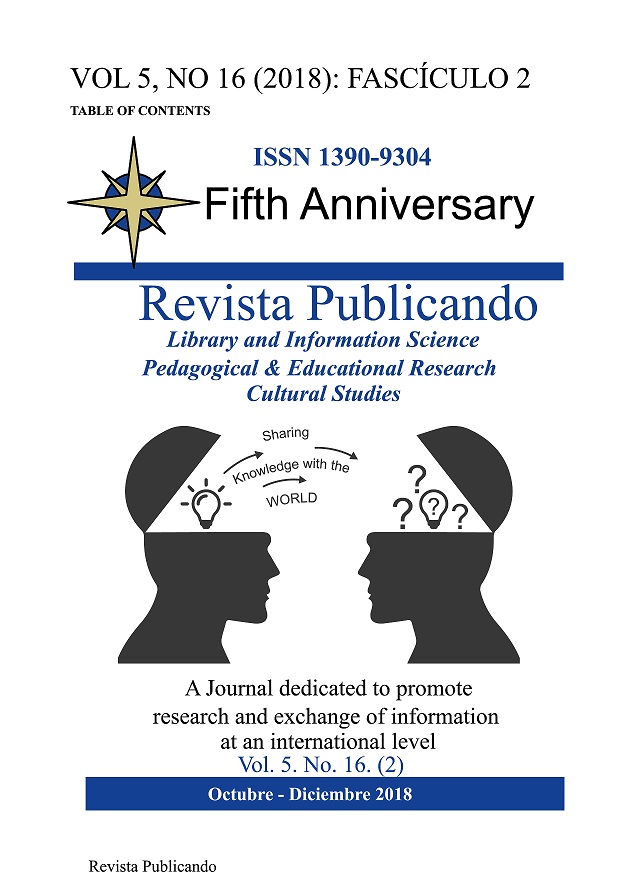Resumen
The formal education of geometry in Iran dates back to 1927 and the establishment of the Dar ul-Funun school. At that time, due to the presence of French instructors, the compilation of mathematical books was influenced by educational programs in France. Euclidean geometry was developed based on the Euclid's axioms, and was placed in the curriculum from the first year. In 1938, a more innovative and reformist program was adopted in which geometry of cones, digital geometry anddescriptive geometry were included. In 1971, a great transformation took place in the compilation of mathematical textbooks, which arose from the emergence of a group of French mathematicians known as Bourbaki. This group, which was strongly opposed to Euclidean geometry in its classical way, led to the introduction of mathematical concepts to students in a more abstract manner and without preparation for meaningful understanding. Under the influence of this group, descriptive and digital geometries were removed from the curriculum, but traditional geometry remained. By the year 1992, the volume of books and their teaching hours were reduced, but since 1993, this decline has been more severe. Now all the countries of the world have realized the importance of geometry in fostering students' thinking and creativity for its use in new physics theories, including superstrings, and they consider it as the best setting to publicize mathematics in the society. Using dynamic software, they have made the teaching of geometry for students more productive and more enjoyable. There have also been some positive developments in our country. However, the training of specialized teachers in geometry should also be considered in order to improve the quality of teaching geometry.
Referencias
Asjadi, Gholamreza (1984). Interview Magazine Growth Math Training. Growth of Math Training No. 4 p. 10
Baynes, J. F. (1998). The Development of a van Hiele-based SummerGeometry Program and its Impact on Student van Hiele Level and Achievement in High School Geometry. Unpublished EdD Dissertation, Columbia University Teachers College, USA.
Bergeson, T., Fitton, R., & Bylsma, P. (2000). Teaching and Learning Mathematics Using Research to Shift From the “Yesterday” Mind to the “Tomorrow” Mind. Washington State: State Superintendent of Public Instruction.
Duatepe, A. (2004). The Effects of Drama Based Instruction on Seventh Grade Students”™ Geometry Achievement, VAN HIELE Geometric Thinking Levels, ttitudes Toward Mathematics and Geometry (Unpublished doctoral dissertation). Middle East Technical University, Ankara, Turkey.
Duatepe, A., & Behiye, U. (2007). Development of a geometry attitude scale. Academic Exchange Quarterly, 11 (2), 205–209.
Hasani, Mehdi (2014). An overview of the history of modern mathematics in Iran. Unknown Publisher Dolatabadi, Yahya (1983). Hayat Yahya, Javidan, Tehran
Jalili, Mirza (2004). An overview of books and country planning in the distant past. Magazine Growth of Mathematical Education No. 76 p. 48.
JVV Antúnez (2016). EDITORIAL PEDAGOG í A DE LA BIOí‰TICA. Opción 32 (12).
Keiser, J. M. (1997). The Development of Students”™ Understanding of Angleina Non-directive Learning Environment (Unpublished PhD Dissertation). Indiana University, USA.
Ma, X. & Kishir N. (1997). Assessing the Relationship Between Attitude Toward Mathematics and Achievement in Mathematics: A Meta-Analysis. Journal for Research in Mathematics Education, 28 (1), 26-47.
Malloy, C. E. & Friel, S. N. (1999). Perimeter and Area Through the Van HieleModel. Mathematics Teaching in the Middle School, 5 (2), 87 – 90.
Moshefi, Abdul Hussein (1985). Interview Magazine Growth Math Training. The Growth of Math Training No. 5-6 pp. 6-15
Nasiri, Mahmoud (2016). Interview with the author of the article
NCTM (2000). Principles and Standards for School Mathematics. Reston, Va: NCTM.
O. A. S. karamzadeh, (2002). Why should geometry return to school? Mahmoud Abad Mathematical Education Conference
O. A. S. karamzadeh, (2017). Interview with the author of the article.
Qaragoslu, Jalilullah (1989). Interview Magazine Growth Math Training. Growth of Mathematical Education No. 21 p. 4-9
Rafiepour, Abolfazl (2014). The reaction after the new mathematical movement. Culture and Thought Mathematics, No. 54 p. 11
Reyhani, Ebrahim; Imam jome, Mohammad Reza; Saleh Sedighpour, Bahram; Moradi Vaes, Asghar (2010). Assessment of Teachers' and Mathematicians' Students' Knowledge in Geometry Course Using Haley's Theory. Journal of Technology Education, 5 (2), 153-165
S Abisheva, Z Polyak, S Serikova, Z Kermeshova, D Sabirova (2018). Poetics of modern literature of Kazakhstan. Opción, Año 33, No. 85 (2018):344-361.
Schoenfeld, A. H. (1983). Problem Solving in the Mathematics Curriculum: a report, Recommendations, and an Annotated. Washington, D.C.: Mathematical Association of America.
Sherrard, W. (1981). Why is Geometry a Basic Skill? Mathematics Teacher, 74 (1), 19-21. Skemp, R. R. (1976). Relational Understanding and Instrumental Understanding. Mathematics Teaching, 77 (2), 20–26.
Taherahmadi, Mahmoud (1999). The evolution of the curriculum from constitutional to the end of Reza Shah's reign. The treasures of documents 35-36
Zohori Zanganeh, Bijan (2002). New Perspectives on Geometry Education. The growth of mathematical education No. 67 p. 157
Usted es libre de:
Compartir — copiar y redistribuir el material en cualquier medio o formato
Adaptar — remezclar, transformar y construir a partir del material
La licenciante no puede revocar estas libertades en tanto usted siga los términos de la licencia
Bajo los siguientes términos:
Atribución — Usted debe dar crédito de manera adecuada, brindar un enlace a la licencia, e indicar si se han realizado cambios. Puede hacerlo en cualquier forma razonable, pero no de forma tal que sugiera que usted o su uso tienen el apoyo de la licenciante.
NoComercial — Usted no puede hacer uso del material con propósitos comerciales.
CompartirIgual — Si remezcla, transforma o crea a partir del material, debe distribuir su contribución bajo la lamisma licencia del original.
